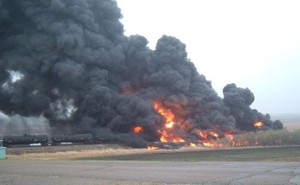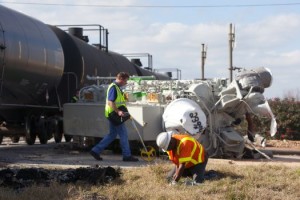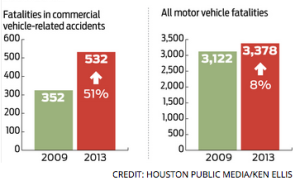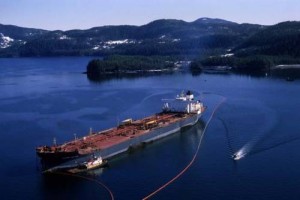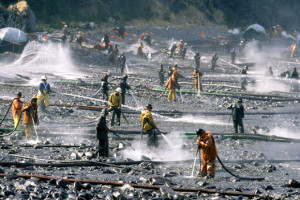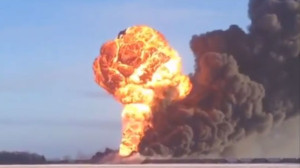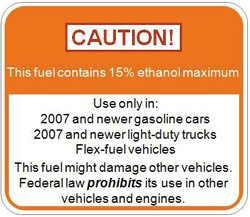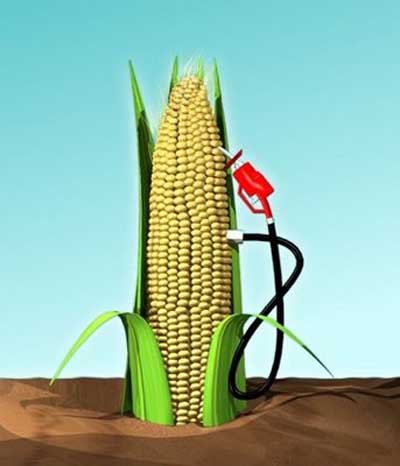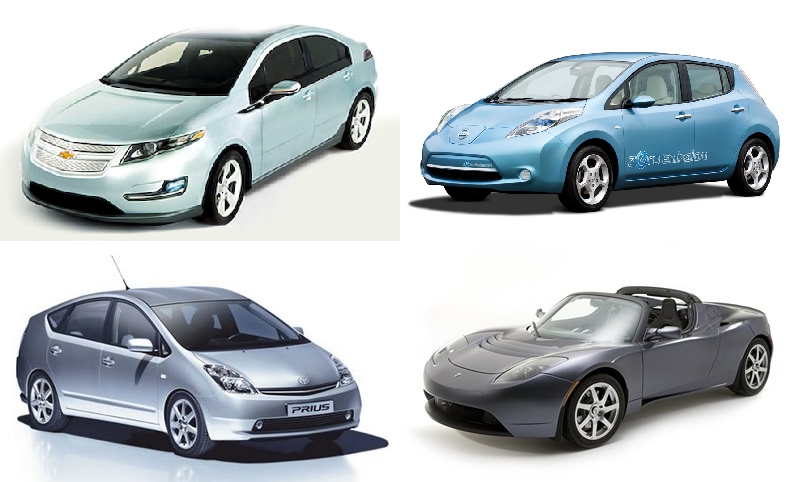Last week, federal regulators passed new safety rules governing crude by rail, which has boomed because of the growth in U.S. oil production. Just days later, another oil train derailed in North Dakota, punctuating the need to more robust regulations that have so far been enacted. Six of the oil tankers caught on fire, causing the small town of Heimdal, ND to be evacuated. Thankfully the accident didn’t occur in a more populated area.
Nearly 450,000 tankers of crude oil moved through North America last year, up from 9,500 in 2009 – a 4,700% increase in five years. In spite of the new rules, with this increase in traffic, we can expect to see more accidents involving oil trains. So far in 2015, there have been 5 major accidents involving oil trains. While most have occurred in relatively unpopulated areas, it is only a matter of time until an accident occurs in an urban area like Houston as trains head to Gulf Coast refineries and perhaps to major ports for export (if the ban on crude oil exports is lifted).
This chart was provided by Forest Ethics.
| Date and type | Location | Impacts | Fuel Source | Link to Story | Cars affected |
| 2/14/2015
Derailment |
Gogama, ON, Canada | Six day fire – “The accident occurred at 38 mph. Initial impressions are that the Class 111 tank cars, which were compliant with the CPC-1232 standard, performed similarly to those involved in the Lac-Mégantic accident which occurred at 65 mph.” | Canada | http://www.tsb.gc.ca/eng/medias-media/communiques/rail/2015/r15h0013-20150223.asp | 29 |
| 2/16/2015
Derailment |
Mount Carbon, WV | Explosion, spill into Kanawha River, multi day fire. Two homes destroyed | US Bakken | http://www.charlestondailymail.com/article/20150216/DM01/150219449 | 27 |
| 3/5/2015
Derailment |
Galena, IL | Explosion, multi day fire. Almost into Mississippi River | US Bakken | http://www.nbcnews.com/news/us-news/fires-finally-dwindling-days-after-illinois-oil-train-derailment-n319666 | 21
5 burned |
| 3/7/2015
Derailment |
Gogama, ON, Canada | Explosion, multi day fire, river pollution. Toxic inhalation issues. | Canada | http://www.tsb.gc.ca/eng/medias-media/communiques/rail/2015/r15h0021-20150317.asp | 39 |
| 5/6/2015
Derailment |
Heimdal, ND | Fire, fuel spill, evacuation | US Bakken | http://www.valleynewslive.com/home/headlines/North-Dakota-Town-Evacuated-After-Train-Derailment-302754661.html?device=phone&c=y | 10 |
